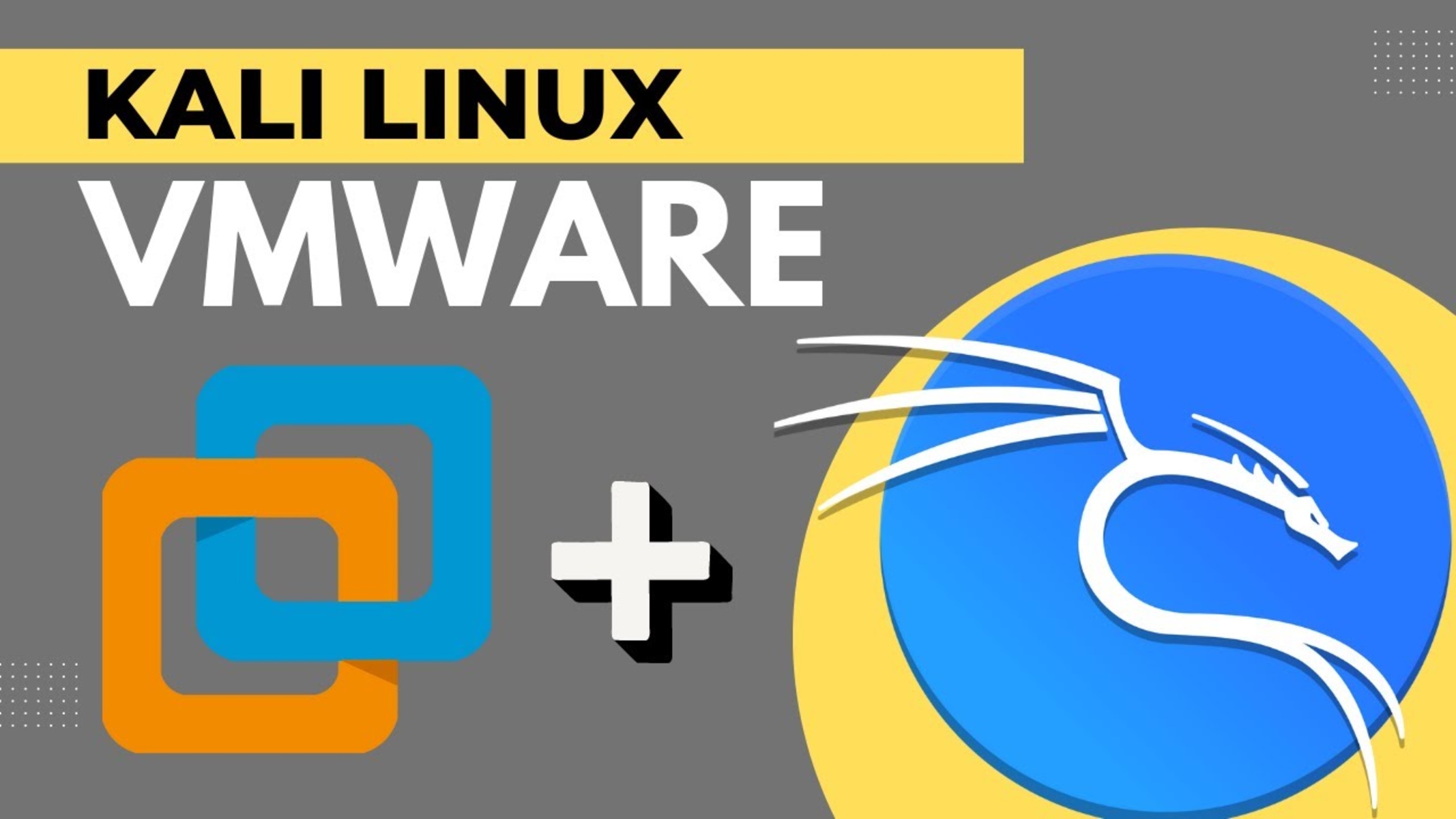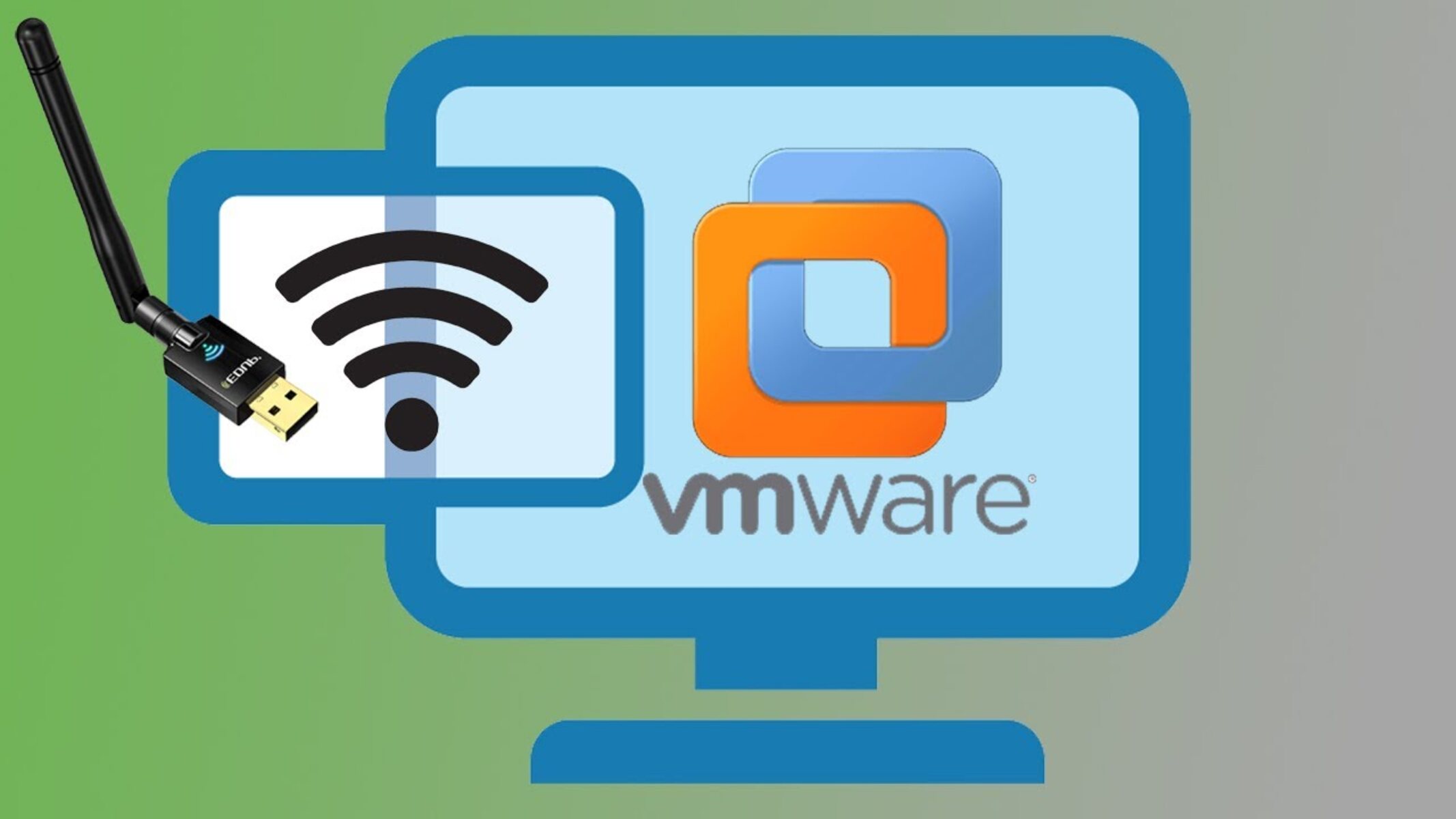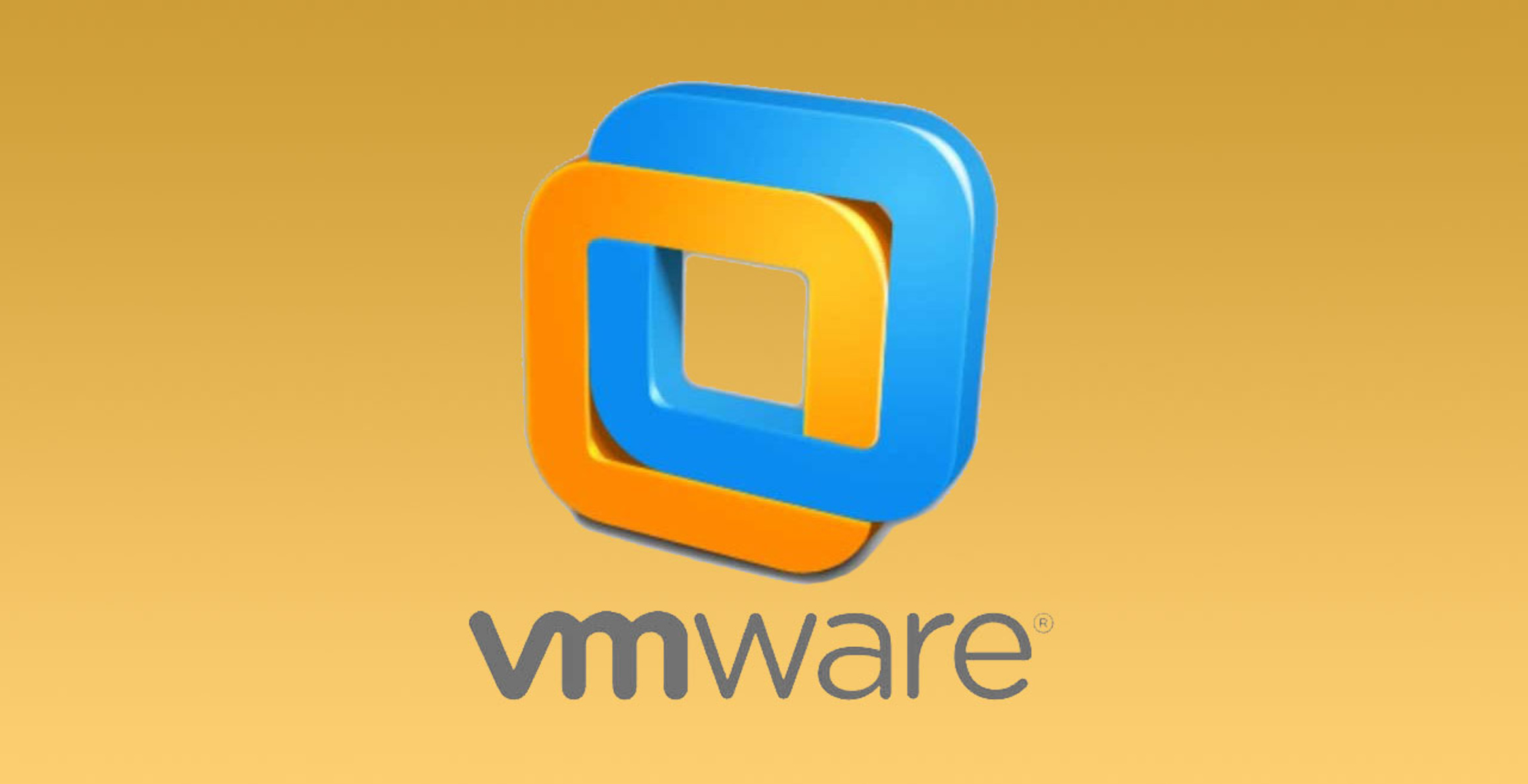Introduction
Welcome to this step-by-step guide on how to update the superuser password in VMware Workstation. As a virtualization software, VMware Workstation allows users to run multiple operating systems on a single physical computer. It provides a powerful and flexible platform for software development, testing, and IT administration. With the ability to create and manage virtual machines, VMware Workstation offers a comprehensive set of features for virtualization enthusiasts and professionals alike.
One crucial aspect of virtual machine administration is security. This includes ensuring that the superuser password, also known as the root password, is strong and regularly updated. The superuser password is used to authenticate access to critical system resources, and keeping it secure is essential for maintaining the integrity of your virtual machines.
In this guide, we will walk you through the process of updating the superuser password in VMware Workstation. Whether you have forgotten the current password or simply want to enhance the security of your virtual machines, following these steps will help you achieve your goal. By the end of this guide, you will be able to successfully change the superuser password and ensure the continued security of your virtual machine environment.
Please note that the following instructions are specific to VMware Workstation and may not be applicable to other virtualization software. It is also important to back up any critical data or configurations before making any changes to your virtual machine settings.
Step 1: Opening VMware Workstation
The first step in updating the superuser password in VMware Workstation is to open the application. Follow the instructions below:
- Locate the VMware Workstation icon on your desktop or in your application list. Double-click on the icon to launch the program.
- Once VMware Workstation is open, you will be presented with the main interface, which displays any virtual machines you have created.
- If you have an existing virtual machine that you need to update the superuser password for, select it from the list. If not, you can create a new virtual machine by clicking on the “Create a New Virtual Machine” option.
By opening VMware Workstation, you gain access to the virtual machine management interface, where you can configure virtual hardware, install and manage operating systems, and perform various administrative tasks.
It’s worth noting that VMware Workstation is a feature-rich application with a user-friendly interface, allowing users to navigate through the different options and settings effortlessly. Take a moment to familiarize yourself with the interface if you are new to VMware Workstation.
Now that you have VMware Workstation open and ready, you are prepared to proceed to the next step: configuring the virtual machine settings.
Step 2: Virtual Machine Settings
To update the superuser password in VMware Workstation, you need to access the virtual machine settings. Follow the steps outlined below:
- Select the virtual machine for which you want to change the superuser password.
- In the VMware Workstation interface, go to the “Edit” menu at the top and click on “Virtual Machine Settings”.
- A new window will appear, displaying the settings for the selected virtual machine.
- In the left-hand panel of the Virtual Machine Settings window, click on the “Options” tab.
- From the list of options, click on “Advanced”.
- Under the “General” section, you will see a button labeled “Advanced”. Click on it to access the advanced configuration settings for the virtual machine.
- In the list of advanced settings, locate the option “Root password”. This is where you can update the superuser password for the virtual machine.
- Click on the “Change” button next to the “Root Password” option.
By accessing the virtual machine settings, you can customize various aspects of the virtual machine, including hardware configuration, network settings, and power management. It is important to ensure that you make changes only in the relevant sections and options to avoid any unintended consequences.
Now that you have successfully accessed the virtual machine settings, you are ready to proceed to the next step: powering on the virtual machine.
Step 3: Powering on the Virtual Machine
Once you have configured the virtual machine settings in VMware Workstation, the next step is to power on the virtual machine. Follow the instructions below:
- In the Virtual Machine Settings window, click on the “OK” button to save the changes you made to the superuser password.
- Close the Virtual Machine Settings window.
- Back in the main VMware Workstation interface, select the virtual machine you want to power on.
- Click on the “Power On” button, represented by a green arrow, located at the top of the interface.
- The virtual machine will start booting up, and you will see the guest operating system’s startup screen.
- Wait for the guest operating system to fully load.
Powering on the virtual machine allows you to access the operating system installed within it and make changes to the superuser password. As the virtual machine boots up, you will be able to interact with the guest operating system just like you would with a physical computer.
It’s important to note that the exact steps and screens you encounter during the startup process may vary depending on the guest operating system you are running in the virtual machine. However, the basic principles and procedures should remain consistent across different operating systems.
Now that your virtual machine is powered on and the guest operating system is up and running, you are ready to proceed to the next step: accessing the BIOS setup.
Step 4: BIOS Setup
In order to update the superuser password in VMware Workstation, you need to access the BIOS setup of the virtual machine. The steps to do this may vary depending on the guest operating system you are running. Follow the instructions below:
- Restart the virtual machine by clicking on the “Start” menu in the guest operating system and selecting the “Restart” option.
- While the virtual machine is booting up, pay close attention to the screen. You will typically see a message that says “Press [key] to enter setup” or something similar. The specific key to press varies depending on the guest operating system and BIOS version, but common keys include F2, F10, Del, or Esc.
- Once you identify the correct key, press it repeatedly until the BIOS setup menu appears.
- Navigate through the BIOS setup menu using the arrow keys on your keyboard. Look for an option related to system security or user management.
- Select the option to change the superuser password. The exact name and location of this option may vary depending on the BIOS firmware.
- Follow the on-screen instructions to enter the new superuser password. Make sure to choose a strong and secure password, combining uppercase and lowercase letters, numbers, and special characters.
- Save the changes and exit the BIOS setup menu. Typically, you can do this by pressing the F10 key or selecting an option that says “Save and Exit”.
Accessing the BIOS setup allows you to modify various hardware and system settings of the virtual machine, including the superuser password. It is crucial to follow the correct steps and be cautious while making changes in the BIOS setup menu, as incorrect settings can lead to system instability or boot issues.
Now that you have successfully accessed the BIOS setup and changed the superuser password, you are ready to proceed to the next step: changing the superuser password in the guest operating system.
Step 5: Changing the Superuser Password
Now that you have accessed the BIOS setup and modified the superuser password, it’s time to change the superuser password within the guest operating system. Follow the steps below:
- Once you have exited the BIOS setup, the virtual machine will continue to boot up.
- Once the guest operating system has loaded, log in using the existing superuser password.
- Once logged in, open the “System Preferences” or “Control Panel” in the guest operating system. The exact location and name of this option will depend on the operating system you are using.
- In the preferences or control panel, locate the “User Accounts” or “User Management” option, which allows you to manage user accounts and passwords.
- Select the option to change the superuser password or modify the root account password.
- Enter the current superuser password, followed by the new password you want to set.
- Re-enter the new password to confirm it.
- Save the changes and exit the user account management settings.
By changing the superuser password within the guest operating system, you ensure that the new password you set is synchronized with the virtual machine configuration.
It is important to choose a strong and secure password to protect the superuser account. A strong password typically includes a combination of lowercase and uppercase letters, numbers, and special characters. Avoid using easily guessable passwords or common words.
Now that you have successfully changed the superuser password within the guest operating system, you are ready to proceed to the final step: restarting the virtual machine.
Step 6: Restarting the Virtual Machine
After updating the superuser password in the guest operating system, the final step is to restart the virtual machine to apply the changes. Follow the instructions below:
- In the guest operating system, save any open files or close any running applications to ensure a clean restart.
- Click on the “Start” menu in the guest operating system and select the “Restart” option.
- Wait for the virtual machine to shut down and restart.
- Once the virtual machine has rebooted, you will be prompted to log in again.
- Enter the new superuser password that you set in the previous step.
- If the login is successful, congratulations! You have successfully updated the superuser password in VMware Workstation.
Restarting the virtual machine is necessary to ensure that the changes made to the superuser password take effect. It allows the virtual machine and the guest operating system to fully implement the new password and update the necessary system configurations.
It’s important to note that after restarting the virtual machine, you should test the new superuser password to ensure that it works as expected and grants you the required administrative privileges. This will help verify that the password update was successful.
Now that you have restarted the virtual machine and logged in successfully with the new superuser password, you have completed the process of updating the superuser password in VMware Workstation.
Remember to keep the new superuser password secure and confidential, as it provides privileged access to the virtual machine and its resources.
Conclusion
Congratulations! You have successfully updated the superuser password in VMware Workstation. By following these step-by-step instructions, you have enhanced the security of your virtual machine environment and ensured the integrity of your system resources.
Properly managing the superuser password is crucial for maintaining a secure virtual machine environment. The steps outlined in this guide have provided you with a clear and comprehensive process to update the superuser password in VMware Workstation.
By opening VMware Workstation and accessing the virtual machine settings, you were able to configure the necessary options to modify the superuser password. Powering on the virtual machine allowed you to interact with the guest operating system and access the BIOS setup. Within the BIOS setup, you changed the superuser password and ensured that it was synchronized with the guest operating system.
After changing the superuser password within the guest operating system, you restarted the virtual machine to apply the changes. Finally, you successfully logged in using the new superuser password, completing the process of updating the superuser password in VMware Workstation.
Remember to choose a strong and secure password for your superuser account and keep it confidential. Regularly updating the superuser password is a good security practice and helps protect your virtual machine environment from unauthorized access.
Thank you for following this guide. We hope it has been informative and helpful in updating the superuser password in VMware Workstation. Enjoy the enhanced security and peace of mind in your virtual machine environment!

























